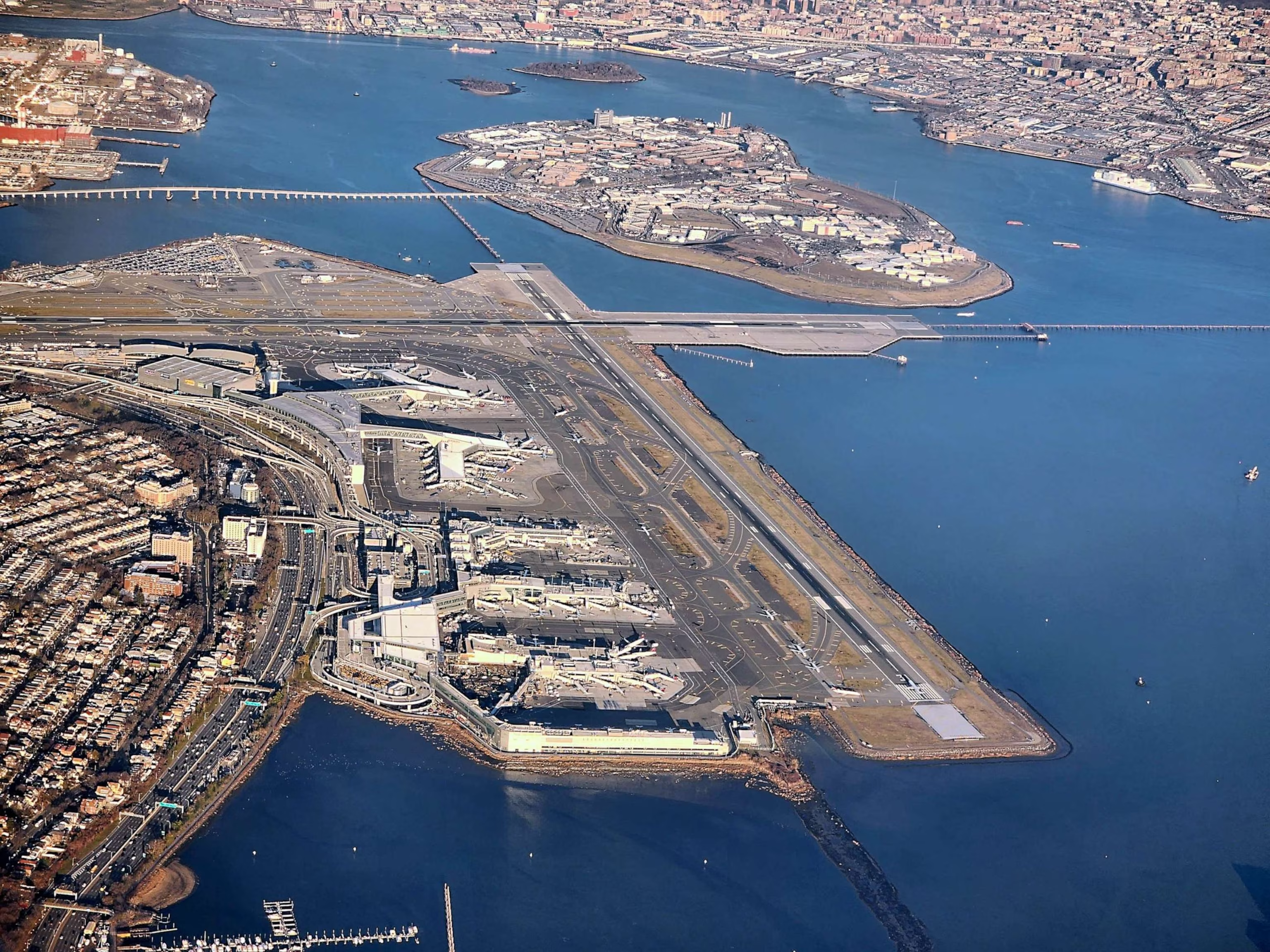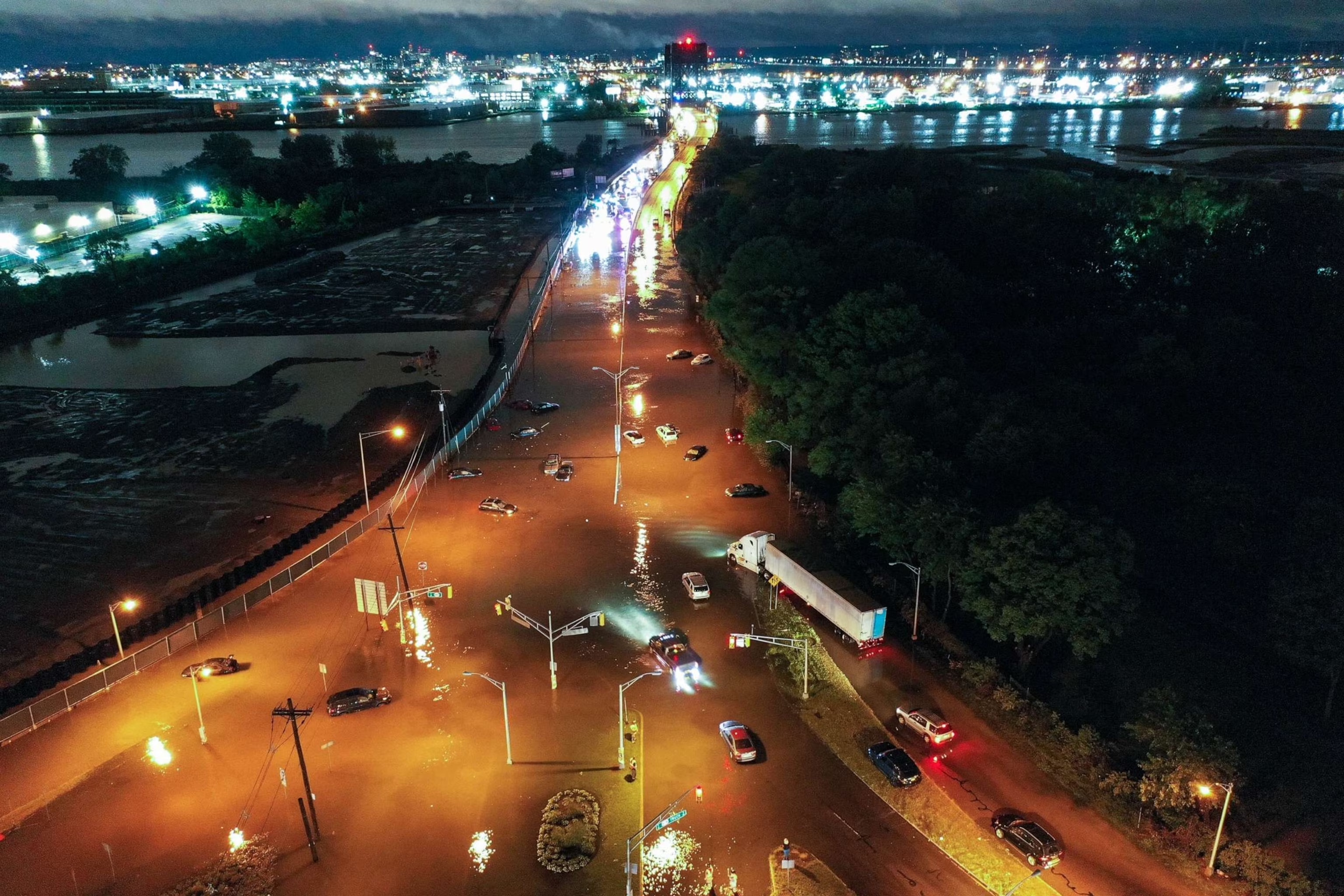Why New York City is sinking
New York City is sinking at the same time that sea levels around the world are rising, which could exacerbate flooding concerns for the region.
Researchers have found a way to determine exactly which regions in the New York City metropolitan area are sinking the fastest, according to a study by NASA's Jet Propulsion Laboratory and Rutgers' University Department of Earth and Planetary Sciences published Wednesday in Science.
MORE: Climate Week NYC: Large cities are at the forefront of climate change, experts say
New York City is sinking at a subsidence rate of about 1.6 millimeters per year, the researchers discovered, using a new technique of modeling using Interferometric Synthetic Aperture Radar (InSAR) and the Global Navigation Satellite System to determine the "hot spots" that are sinking the fastest.
The neighborhoods in New York City that saw the most rapid vertical land motion from 2016 to 2023, according to the study, were LaGuardia Airport and Arthur Ashe Stadium, where the U.S. Open takes place -- both located in Queens.

When the Arthur Ashe Stadium was first built, it was outfitted with a lightweight cloth roof because the sinking land beneath the stadium could not support the weight of a regularly constructed roof, Brett Buzzanga, a post doctoral researcher at JPL and the California Institute of Technology, told ABC News.
Additionally, outside of New York City, Highway 440 and Interstate 78 were found to be sinking at faster rates than the surrounding areas, the research suggests.
MORE: How rising sea levels will affect New York City, America's most populous city
The sinking is occurring due to a geological process known as glacial isostatic adjustment, Buzzanga said.
About 20,000 years ago, the northern half of North America was covered in a gigantic ice cap, and once that ice began to melt, the suppressed land that lied beneath began to rise up.

Over time, the land is reverting to its original shape and sinking down.
In addition, the mass removal of water from underground aquifers could be contributing to the increased sinking, Buzzanga said.
MORE: Sinkholes appear in Florida neighborhood after Hurricane Irma's heavy rains
Notably, all of the sinking hotspots previously served as landfills in the past, according to the paper.
The area surrounding LaGuardia was used as a landfill in the 1930s and 1940s, Buzzanga said.

The process of land sinking is not a direct impact of climate change, these regions will be more susceptible to flooding from sea level rise in the future, Buzzanga said.
Conversely, the research revealed "interesting" areas of uplift, David Bekaert, a radar scientist at JPL, told ABC News. One of these regions includes East Williamsburg's Newton Creek, which corresponded with a massive engineering project to remove pollution from the creek's aquifer.
The research did not reveal the exact causal reason for the other areas of uplift, Buzzanga said.
The findings can help city planners make the best decisions for investments in coastal defenses and infrastructure, the researchers said.
Disclaimer: The copyright of this article belongs to the original author. Reposting this article is solely for the purpose of information dissemination and does not constitute any investment advice. If there is any infringement, please contact us immediately. We will make corrections or deletions as necessary. Thank you.







